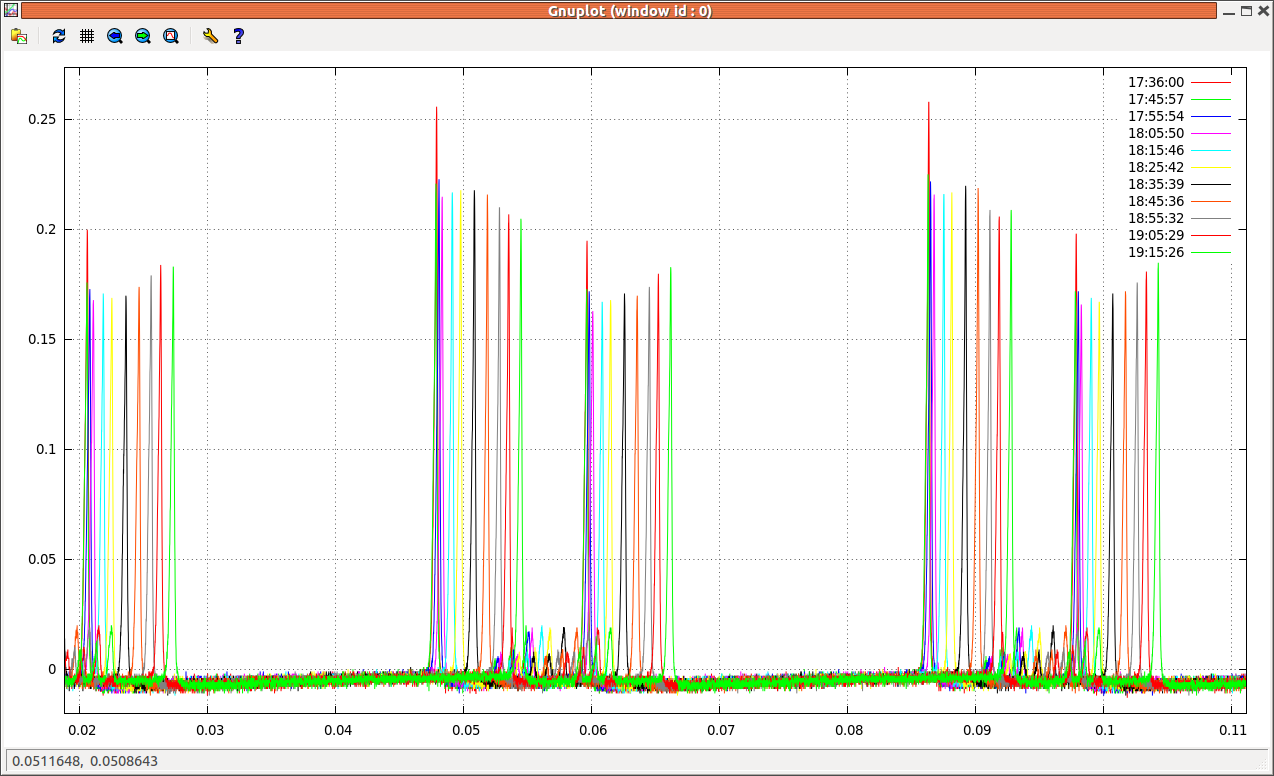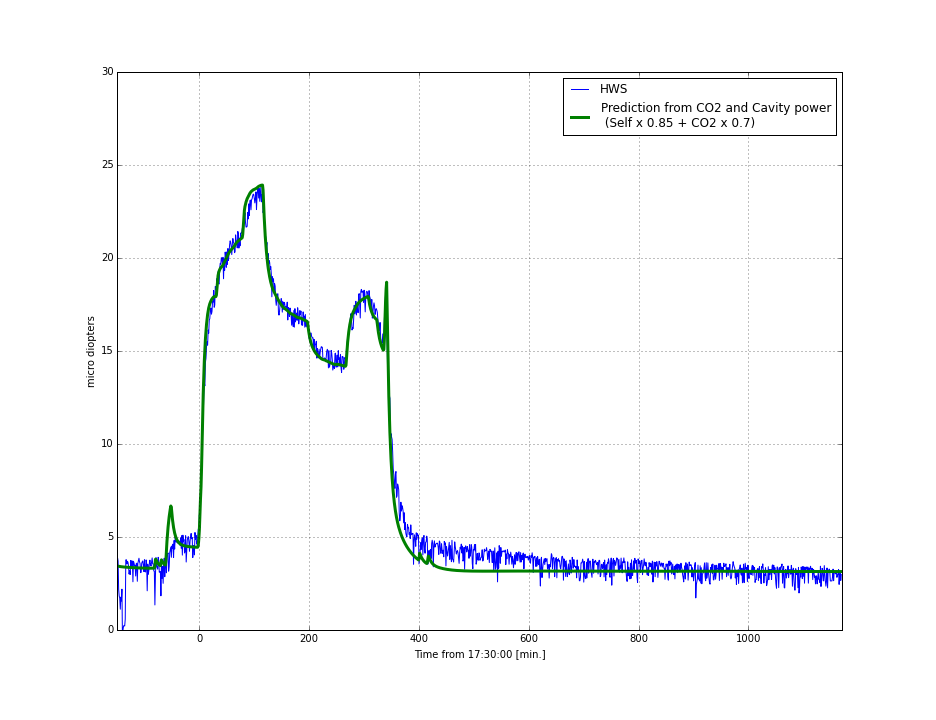Apparently the PEM EY wind sensor EPICS IOC is malfunctioning causing the H1:PEM-EY_WIND_ROOF_WEATHER_MPH channel to be dead. This channel is checked in one of the DIAG_MAIN PEM tests, so the dead channel was causing DIAG_MAIN to go into a connection error state, thereby not executing any of the diagnostic tests.
I temporarily bypassed the test with the faulty channel, replacing it with a notification that the sensor channel is dead. This change should be reverted once the channel is restored.
While I was at it, I did a little maintenance on DIAG_MAIN:
- I split up the PEM_CHANGE test (which included the broken test above) into separate PEM_WIND and PEM_EARTHQUAKE tests, just because they're logically distinct.
- I removed the avg_no_print module and any references to it, and replaced them with cdsutils.avg. avg_no_print was a copy of the cdsutils.avg module with print statements removed. Those print statements were removed from cdsutils.avg a while back, so this module is redundant.
- Fixed some ezca.LIGOFilter calls that were requiring an unnecessary import of LIGOFilter from the ezca module.




























Revomed the PEM_WIND test. After talking with Dave it doesnt seem too useful when we have other tools in the control room to show wind. Plus the connections to the weather stations seem to be unreliable and we dont want to stop the DIAG_MAIN from showing notificaitons just because of a connection error at a weather station, especially in an observing run.